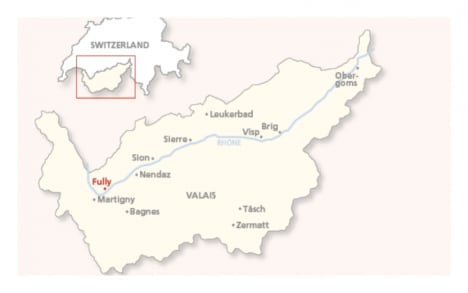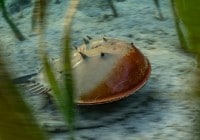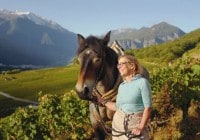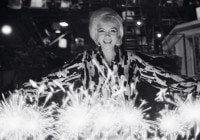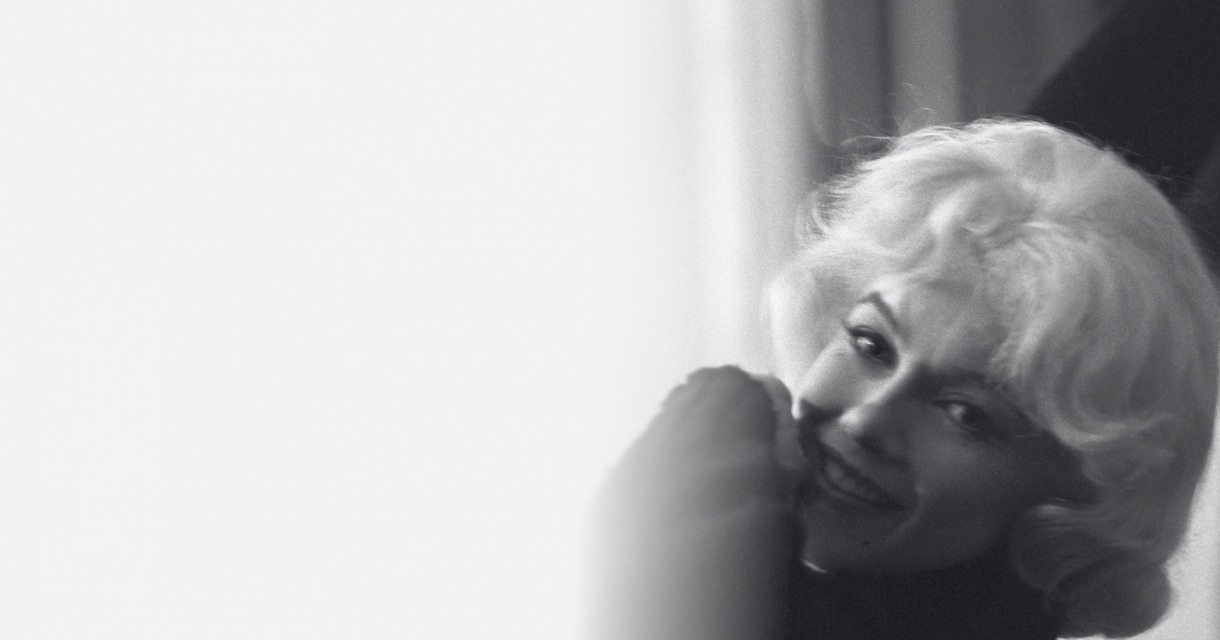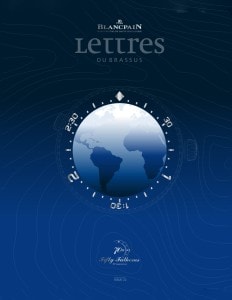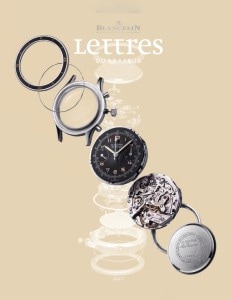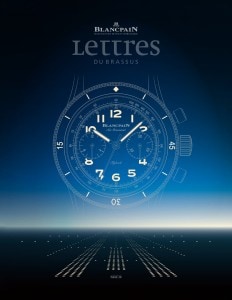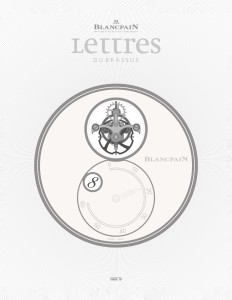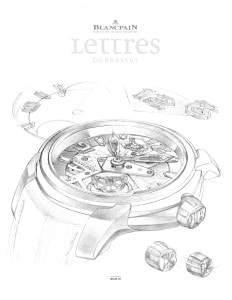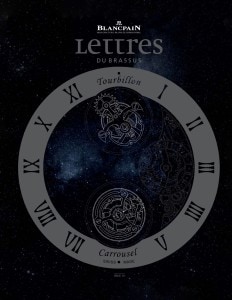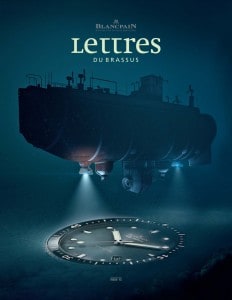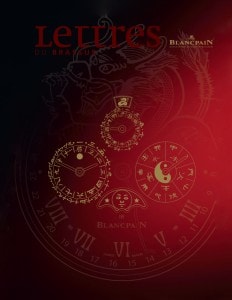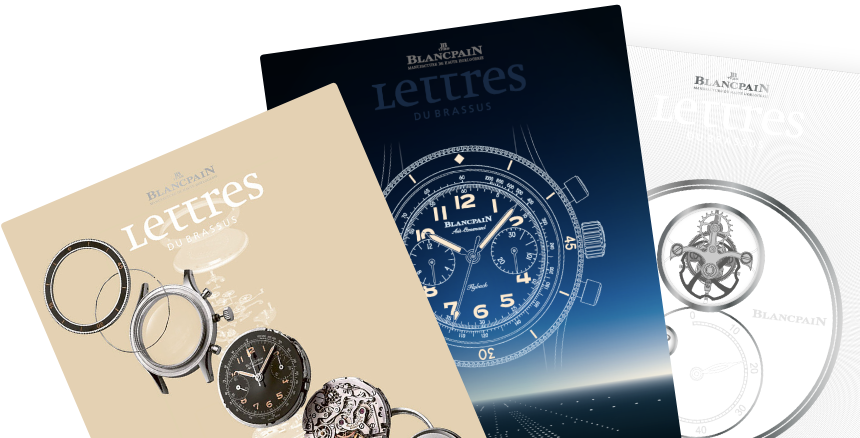
Search in Issues
Chapters
List of parts
Chapter 8
Marie-Thérèse Chappaz
From the steep slopes of the Valais come some of Switzerland’s most sought-after wines.
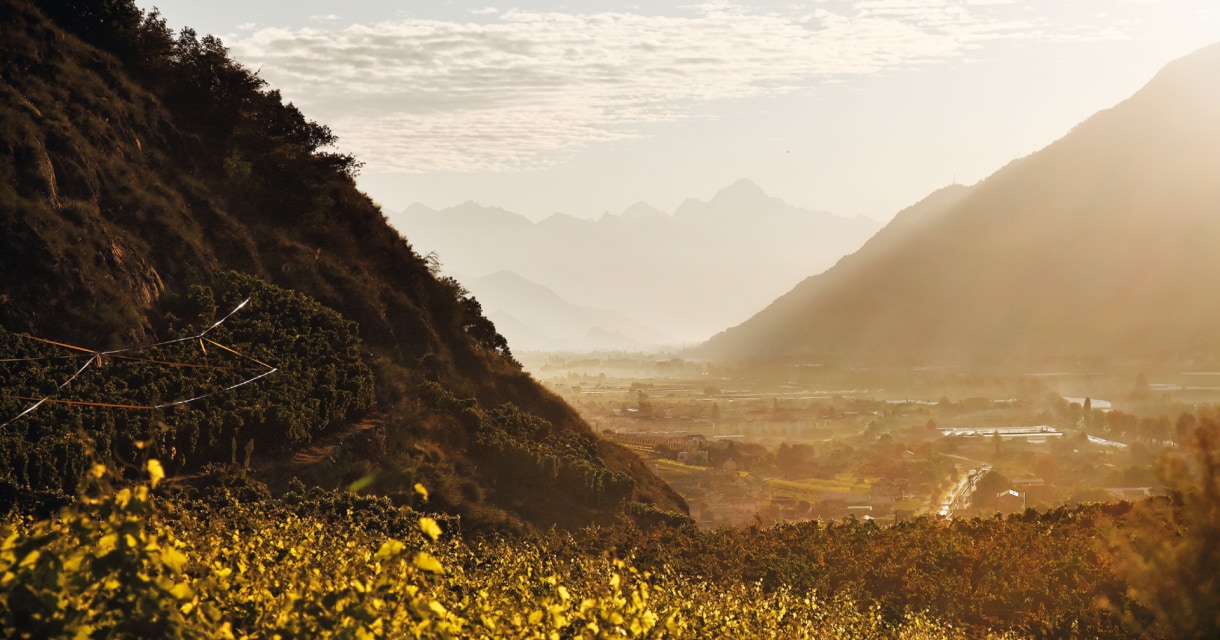
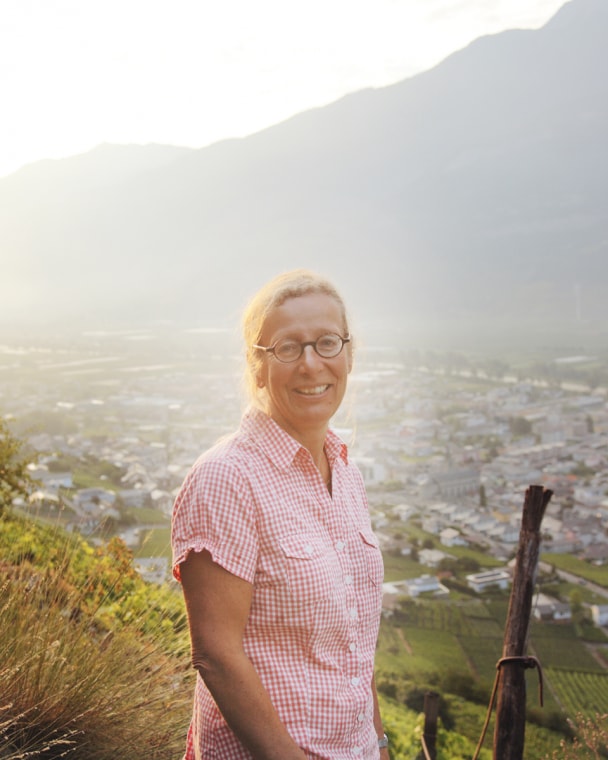
Based on her present profile and achievements, it seems almost impossible to imagine that MARIE-THÉRÈSE CHAPPAZ was not always DRAWN TO MAKING WINE.
“What do you want to do after you finish our winemaking curriculum? Find a husband to do the professional work and you can open the bottles.”
Words of “encouragement” so to speak from a professor at the Swiss École de Viticulture et Œnologie in Changins upon Marie-Thérèse Chappaz’ enrollment in 1978. Charitably one would hope that the intent may not have been malicious, simply an unthinking musing about a woman’s entry into what was then an overwhelmingly male-dominated profession. Certainly, the professor did not then envision that he had standing before him someone who would one day be selected by the prestigious Gault & Millau as Winemaker of the Year (1996), acquire international renown, achieve stratospheric scores from the world’s most influential wine critic, Robert Parker, and boast a list of passionate clients begging for a bottle or two from her always sold-out list of wines.
From her present profile and achievements, it seems almost impossible to imagine that Marie-Thérèse was not always drawn to making wine. Yet, when she was young her aspirations pulled her in an absolutely opposite direction. She dreamed not of remaining chained to parcels of land and vines in her native Swiss canton of Valais, but rather of travel to distant places as a midwife.
Her fantasies of wanderlust aside, her family’s heritage was profoundly interwoven with the Valais, which begins a few kilometers south-east of the end of Lake Geneva, from there following the headwaters of the Rhône and the bordering mountains, sweeping past the towns of Martigny and Sion and the world-famous resorts of Verbier, Zermatt, Crans-Montana and Saas-Fee. Marie-Thérèse’s great uncle, Maurice Troillet, was a Valais politician who bought what formerly was a nurseryman’s storage house in the village of Fully and converted it into a dwelling for welcoming friends and holding political events. Later, it became the home of her uncle, author Maurice Chappaz. Today, that building houses Marie-Thérèse’s office and tasting room.
Marie-Thérèse’s father, a lawyer by profession who hired someone else to work the family vineyards in the Valais, saw something special in her. Of his five children, it was Marie-Thérèse who most strongly shared his love of nature. The two of them would often take long walks together, not conversing, rather silently absorbing and connecting to their natural surroundings in the Valais. So, when she was but 17 years old, he chose her as the one to inherit the family’s vineyards, beginning by giving her a 1,500 square-meter parcel located on the Charrat slopes above the left bank of the Rhône. This vineyard, planted in Pinot Noir, remains in her repertoire today as “Grain Pinot Charrat”.
When she was given charge of this first vineyard, apart from the harvest, which she had observed for years, she knew little of how to manage a vineyard. Nonetheless, from the outset, Marie-Thérèse determined that she was not going to be a wine patrician, that is becoming a vineyard owner but employing someone else to care for the vines and make the wine. Her term for that is “wine capitalist”. Instead, she was determined to work in the vineyards herself and take charge of all aspects of vinification.
Of course, she had help from others: training given by the winemaker employed by the family, her course study in Changins and several years’ work at the Changins wine research institute. That said, her challenges would be many, starting with the geography. The majority of her vineyards are located on the hillsides of Fully. “Hillsides” is too moderate a term. Some might term these forbidding slopes “cliffs” as they are some of the steepest vineyards in the world, rivaling, if not surpassing in pitch Côte-Rôtie in France or the Cinque Terre in Italy. Indeed, fully capturing the impressive steepness of its slope, one of her parcels carries the name “Combe d’enfer” (“hell ridge”).
Compounding the burdens of working in these steep vineyards is the absence of roads. Access is on foot. For the harvest, the grapes are loaded onto a small funicular car more closely calling to mind, not a piece of wine-making equipment, but rather a “ski lift” running between the terraced hillside and the valley floor.
The Fully vineyards are visually the most dramatic with their steep pitch and stone walls, but she also has vineyards on the opposite side of the Rhône. Those are also spread across upon hillsides. Looking at the verdant valley that lies between the opposing slopes, the Rhône running through the center, it is tempting to imagine plantings located there, avoiding the difficulties of managing vines on steep slopes. However, the valley floor soils lack the minerals found on the slopes and the level of ground water would be too close to the roots of any vines. In a word, an environment too lush for production of quality wine. Thus, her holdings on the opposite sides are separated by fruit orchards and vegetable fields, all growing renowned Valais produce.
There is another challenge to her working with her 12 hectares of vineyards: the diversity of the plantings. Take Burgundy as an example. With miniscule exceptions too rare to merit further mention, there are but two varieties of Burgundian grapes: red Pinot Noir and white Chardonnay. In Bordeaux it is unusual to find a chateau with plantings of more than three varieties. To be true there are as many as 13 varieties that can be used in the Southern Rhône, but again it is the norm for a given estate to cultivate no more than four or maximum five. Marie-Thérèse grows and vinifies no fewer than 20 different varieties, each one with its own peculiarities in its management in the vineyard and vinification in the cellar!
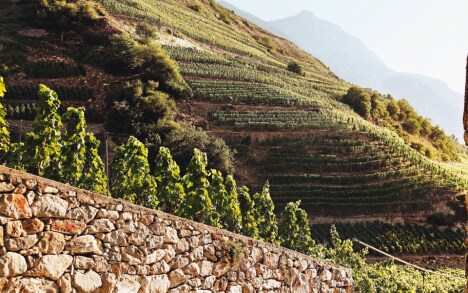
La Combe d‘Enfer above Fully.

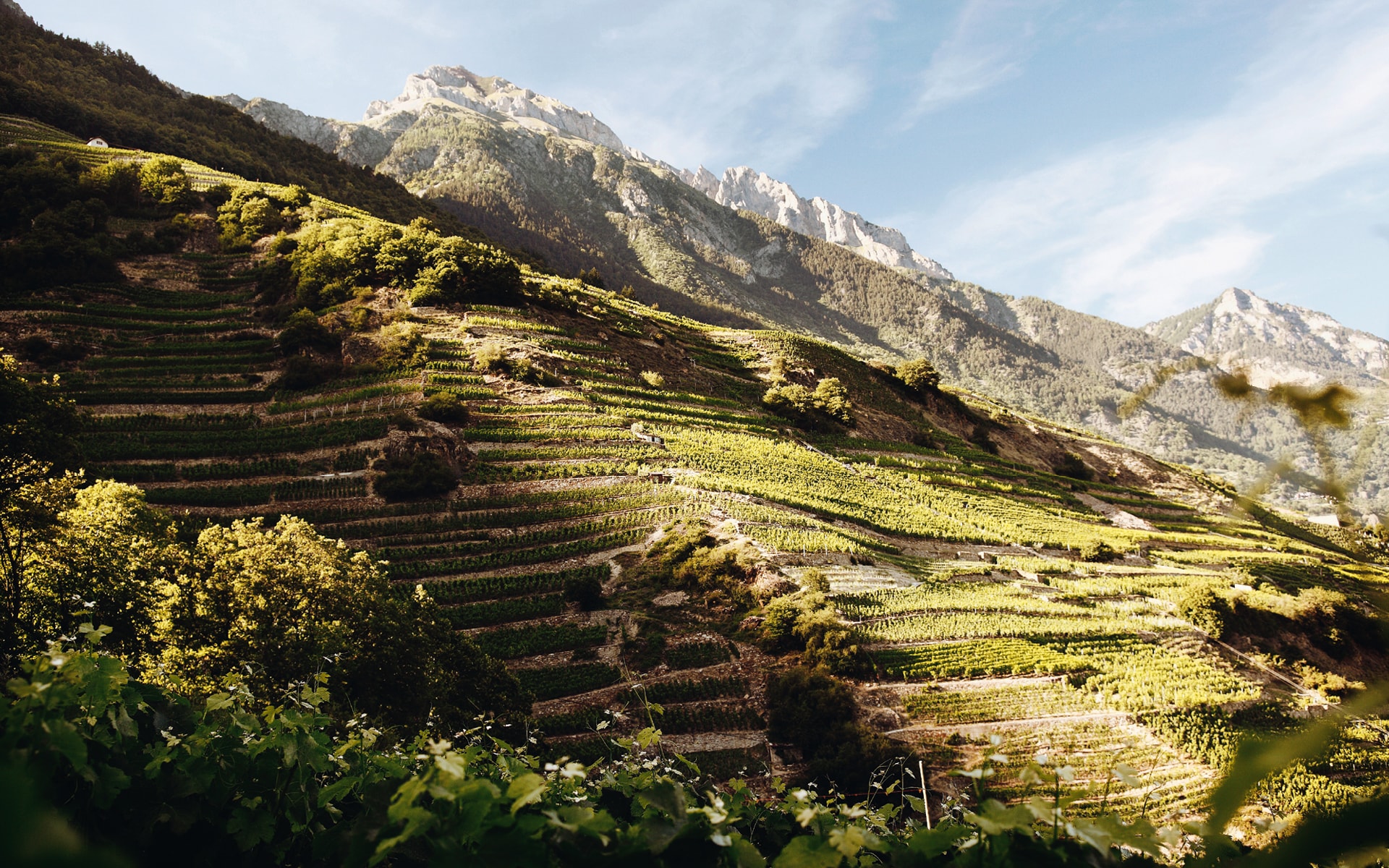
With 20 DIFFERENT VARIETIES found in her vineyards, it is no surprise that the RANGE OF HER WINES IS VAST.
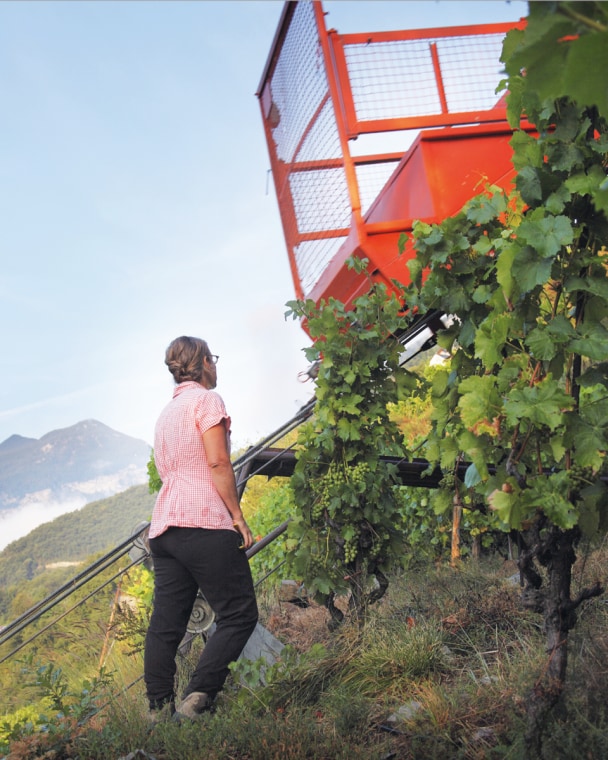
The “ski lift” used to manage the harvest on the steep Fully hillside.
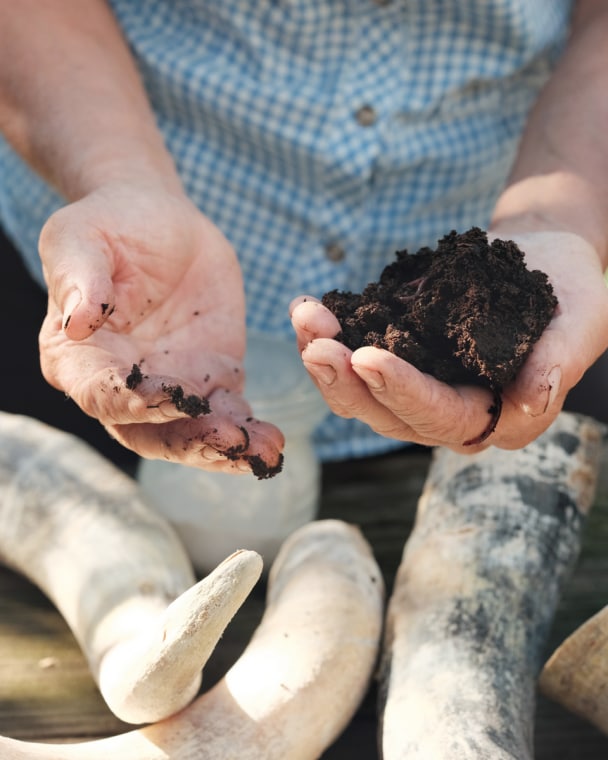
Preparation of the mixture which will be placed within cow horns and buried.
Her adoption of BIODYNAMIC methods calls for burying of cow horns with manure in the vineyards.
Fostering BIODIVERSITY in the vineyards is one of Marie-Thérèse CORE VALUES.
Her first vintage was in 1988. Less than eight years later she won the Gault & Millau honor of Winemaker of the Year. Her response? She undertook to change her cultivation methodology radically. Her inspiration to change came during a visit to Chapoutier in Tain-l’Hermitage in the Northern Rhône. They had adopted Rudolph Steiner’s techniques called “biodynamics” for the growing and maintenance of their vines. This biodynamic credo is firmly grounded in two key principles. First is elimination of artificial chemicals and fertilizers. Rather than chemical fertilizers, for example, a manure mixture is buried during the winter months in a cow’s horn or another prepared with chamomile or with nettles, and spread among the vines. Second is observing the cycles of the planets and the moon in order to time activities in the vineyards.
Biodynamics ignited controversy right from the start, with some dismissing Steiner’s ideas as mystical pseudo-science. Marie-Thérèse was not spared from the derision often hurled at practitioners. When she converted her first vineyard to biodynamics (she did not convert them all at once), other winemakers, viewing her conversion as a form of personal attack against them, forcefully expressed their displeasure.
It took some time for Marie-Thérèse to master these new methods. At first some of the vines suffered, as the technique called for allowing abundant weeds to grow between the rows. Weeds play an important role in creating and supporting a natural biological diversity in the vineyard, not only for plants but insects as well. She found that for many of her vineyards, allowing natural growth of weeds between every row was unfavorable as the vines had too much competition for water. Every other row turned out to be the ideal. Her conversion to biodynamics was spread over seven years; by 2003 all of her vineyards had been transformed.
As she refined her approach and the vines adapted to their new, more natural environment, her wines improved. Her devotion to letting nature control her vineyards, nonetheless, does require a degree of nerve and courage. It is easy to react to a change in weather or an attack by insects by resorting to a chemical or some other form of intervention. In short, “just doing something”. It is much harder to have confidence that the natural balance she supports with biodynamics will sort things out in the end. Said another way, doing nothing feels harder than doing something.
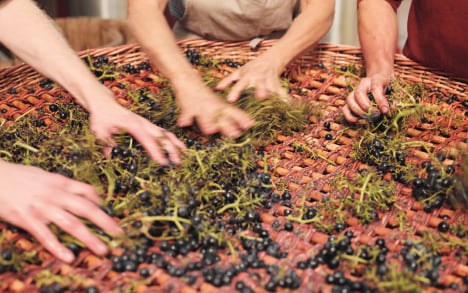
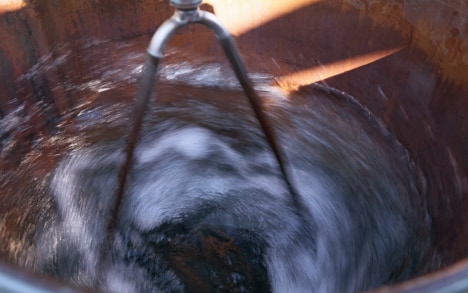
HORSES are now used for PLOWING HER VINEYARDS.
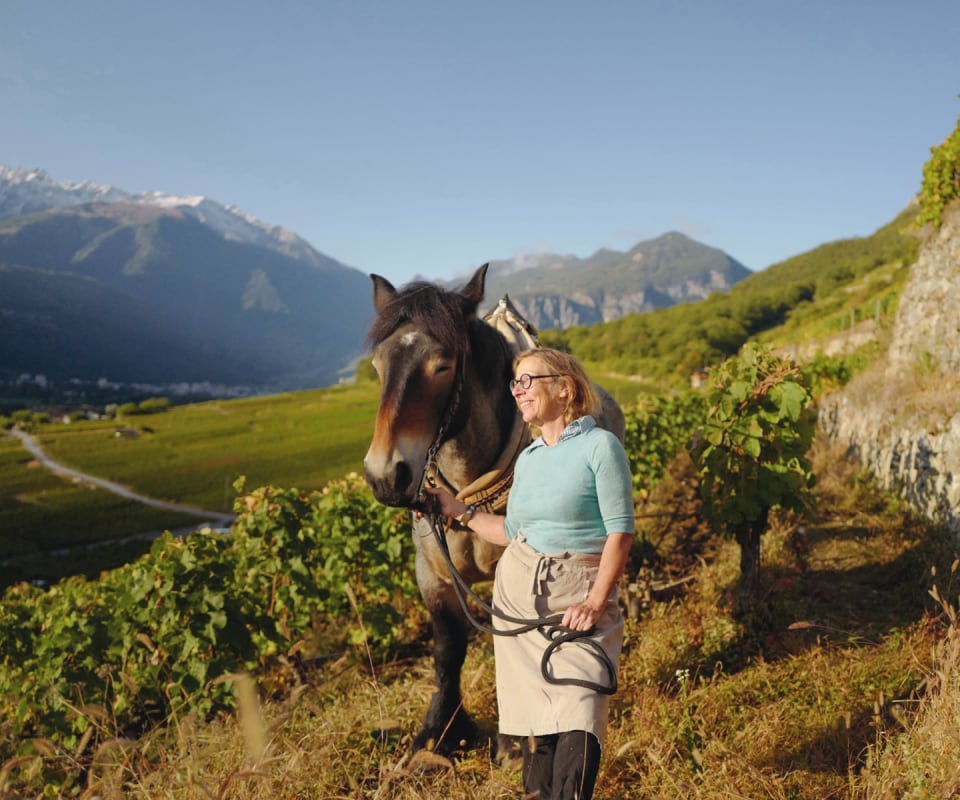
Her NON-INTERVENTIONIST approach extends from the VINEYARDS to the CAVE.
The next phase is under way. Marie-Thérèse wants to eliminate reliance on machines. Starting a year ago, horses are used for plowing. There is an interesting requirement imposed by Swiss law. As horses are seen as social animals, it is prohibited to confine a single horse in a fenced pen; two are required. Thus, Marie-Thérèse has two stout animals keeping each other company on the valley floor. Not only does she have two equine workers, but she must employ two people to guide the plowing. In the flats when a plow horse comes to the end of a row, it instinctively knows what to do. Not so on a hillside. One person is required to steer the horse, the other to manage the plow itself.
Her non-interventionist approach extends from the vineyards into the cave. Her goal is authenticity in the final wine. She entirely dismisses the idea of striving to make good wine by artificial methods or any means possible. Those who indulge in that philosophy sever the connection between the wine and its terroir. Bluntly, Marie-Thérèse holds to the view that it is far more important for a wine to be authentic than to be good. As she expresses it, she will do what she can to put a given wine on a “good road” but will not transform it.
With 20 different varieties found in her vineyards, it is no surprise that the range of her wines is vast. In some cases she produces single grape bottlings such as her Petite Arvine, Pinot Noir, Fendant, Marsanne, and Ermitage. There are, of course, outstanding blends. Most unusual is her Grain Cinq which, although combining five varietals (Petit Arvine, Ermitage, Marsanne, Pinot Blanc, Sylvaner, and Sauvignon Blanc), comes from a single vineyard. Her Grain Noir is a classic Bordeaux-style blend of Cabernet, Merlot and Cabernet Franc. The Grain Noir may call to mind France, but the Grain Mariage is a typical blend from
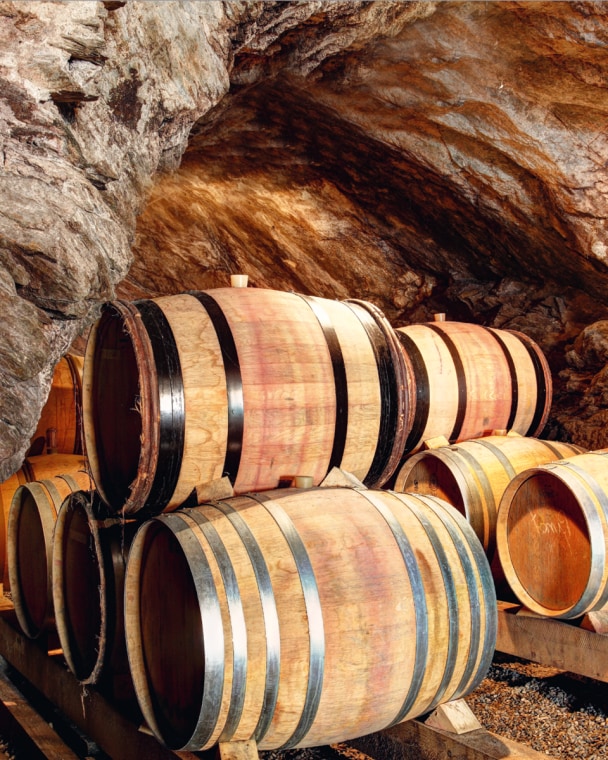
the Swiss Valais mating Cornalin and Humagne, both grapes signature Swiss reds. Of particular note are her late-harvest sweet wines Soleil d’Arvine, Grain Noble Petite Arvine, Grain Noble Marsanne Blanche and Grain par Grain Petite Arvine.
It is interesting how her ambitions have come full circle. Far from yearning to travel as she did when young, her notion of a holiday now embraces quiet time in the vineyards free from the obligations of attending salons, tastings, dinners and other public functions which can come to dominate a winemaker’s life. One other important change has occurred in her life. She no longer is alone either as a woman winemaker or practitioner of biodynamics. She has been joined by partisans on both scores and, not only have many other women taken up the profession, but organic and biodynamic farming has taken hold around her. As for the early career advice admonishing her to orient her aspirations toward opening bottles, she has the freedom to tend to her vines and the chai and to leave that bottle opening task to someone else.
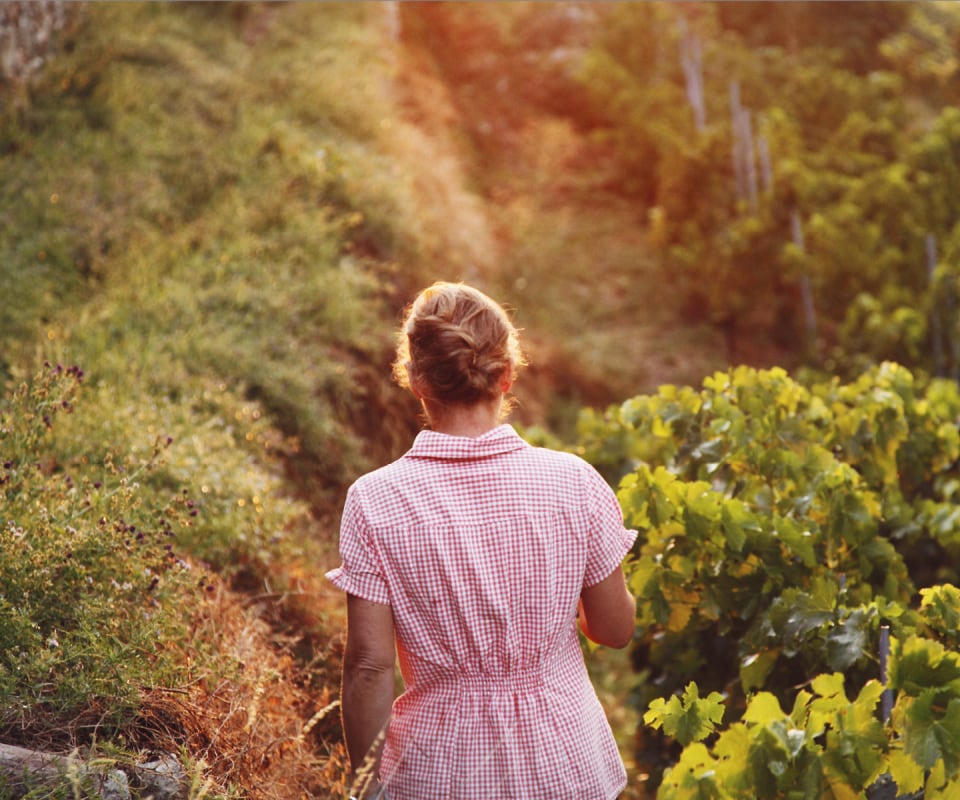
Tasting Notes
These tasting notes combine the memories and experiences, accumulated over the past three decades, of Dr. George Derbalian, the Lettres du Brassus wine expert, and yours truly.
2018 Fendant la Liaudisaz.
Fendant is a variety of Chasselas. This bottling is composed of fendant from several parcels. Opens with a honeysuckle nose, medium weight on the palate offering up mangoes and melons. Excellent finish.
2017 Grain Arvine.
Two different Fully vineyards. Fermentation done in a steel vat and no wooden barrels are used. Long malolactic fermentation of one and half weeks. Beautiful honey nose with hints of mint. Round and fat in the mouth. Truly impressive weight. Soft long finish.
2017 Grain Cinq.
Five different cepages from the single
Les Claives vineyard (Petite Arvine, Ermitage, Marsanne, Pinot Blanc, Sylvaner, Savagnin). The Claives vineyard soil is largely granite and this minerality defines and brings focus to the Cinq. Spicy notes in the nose, precise minerality, structure and focus leading to a steely finish.
2015 Grain Cinq.
Wine aged in oak barrels (two to six years old). 2015 was a dry year in the Valais. The signature minerality is present, but in a softer and rounder form than the 2017. There is a trace of bitterness in the background. Interesting passion fruit nose. Fully developed
round finish.
2014 Grain Ermitage.
Vines nearly a century old! 100% Marsanne. 60% new oak. A wine built
to age. Vigorous trimming of the vines leaving but a single bunch per stem. Opens with a cascade of apricots and ripe peaches. Very impressive weight and layers of ripe fruit on the palate. Rich buttery finish. Stunning.
2018 Grain Pinot les Dahrres.
This is a terroir of Chamosson noted for its chalky soil. 30% new oak. An easy drinking wine evoking ripe red fruits dominated by strawberries and hints of fig and vanilla.
2018 Grain Pinot Chamosson.
Much darker color and more concentrated than the Dahrres. Nose marked by blueberries, blackberries and prunes. Lots of tannin and structure. A wine needing age.
2015 Grain Pinot Charrat.
Charrat is on a north-facing slope. Racy with spices, red currants, and pluots leading to a sweet finish.
2017 Grain Syrah.
Chappaz’ biodynamics produce grapes that are smaller than before. Classic syrah marked by black pepper, spices, black currants and leather.
2015 Grain Noir.
40% Cabernet Sauvignon, 50% Merlot, 10% Cabernet Franc. 35% new oak barrels. Each varietal is separately harvested and vinified, necessary since they ripen at different times. Classic cedar and lead pencil nose, followed by blackcurrants
and plums, plums in the finish.
2018 Grain Pinot Champ Dury.
Nose still closed at the time of tasting. But beautiful red fruits and vanilla in the mouth forecast a fabulous evolution in a few years.
2018 Grain Marriage.
A real Swiss blend, Cornalin and Humagne. Scents of ripe prunes waft from the glass, the dark color forecasts the black fruit and violets on the palate.
2017 Grain Noble Petite Arvine.
Simply delightful. Lively acidity counterbalances the rich mango fruit. Would be perfect with foie gras.
2017 Grain Noble Ermitage.
Richer and more powerful than the Arvine. Two years in barrel and a wine built for aging. A nose of pear and honey. Think pear tarte tatin in the mouth.
2016 Grain Noble Petite Arvine.
A symphony of different notes. Roasted apricots, backed by subtle acid completely surrounded by the ripe fruit. Meringue finish.
